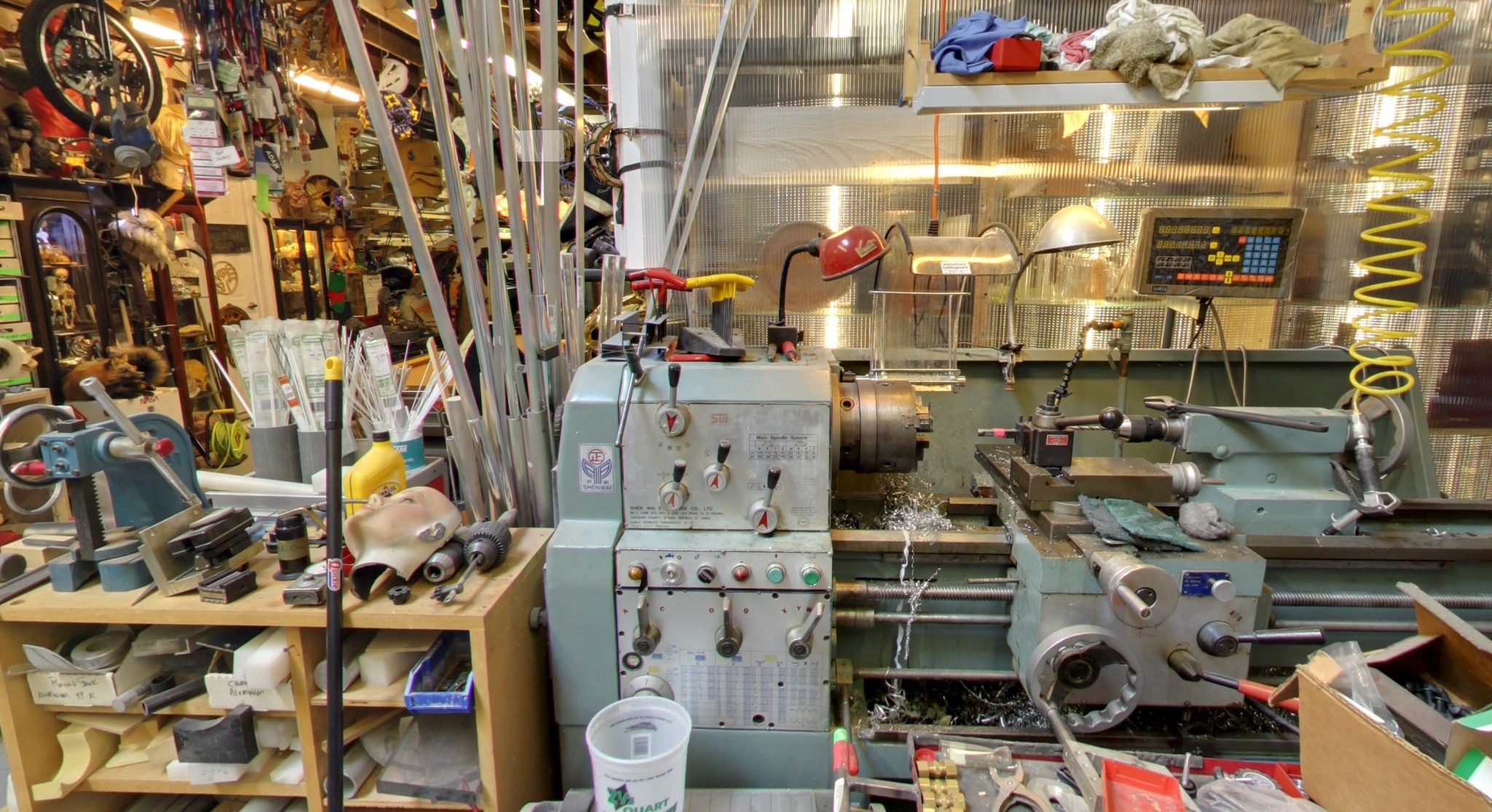Topic / creativity
16 postsExploiting Locality
April 11, 2025 • #Messy worksspaces as buffers for fast retrieval.
Dana Gioia on Writing
March 3, 2025 • #An extended interview with Dana Gioia on poetry, opera, writing, and his creative process.
Copy First, Create Later
February 21, 2025 • #Imitation isn't the enemy of originality — it's the foundation of it
A Funny Thing About Curiosity
February 17, 2025 • #Henrik Karlsson's thoughts on being curious
Materials and Mastery
February 17, 2025 • #How masters build expertise through deep understanding of their medium
Oblique Strategies
January 21, 2025 • #A collection of 100 oblique strategies for creative problem solving.
Our levels of productivity, creativity, and inspiration have an intimate, hard-to-articulate connection to our environments. And we all have different predilections — quiet vs. noisy, calm vs. bustling, light vs. dark. Each quality creates a climate that pulls something different out of us.
Our surroundings shape how we work, yet we also have the power to choose and to mold them ourselves.

Adam Savage’s workshop, “The Cave”, in 360°.
I love seeing peoples’ workspaces in detail. Creators form symbiotic relationships with their environments. Our environments shape our workflows, and we mold our environments to fit our goals.
Our environments heavily impact what we do in them. But we have the ability to engineer our environments, and therefore, our habits and behavior.
“Choice architecture” means architecting our surroundings to coax the habits we want.
Making Mistakes Means You're Doing Things
November 2, 2022 • #The magic of trial and error for learning and satisfaction.
New Metaphors
October 31, 2022 • #A card deck to help spark creativity.
Weekend Reading: Two Elites, DOS in VR, and Personal Brainstorming
May 23, 2020 • #Inventing on Principle
February 19, 2020 • #Bret Victor's talk from 2012.
Weekend Reading: Atlas of Moons, Opendoor and Redfin, and Thinking While Walking
July 13, 2019 • #National Geographic's Atlas of Moons, Opendoor and Redfin partnership, and walking to spur creativity.
Made By Hand
November 12, 2011 • #Made by Hand video series.